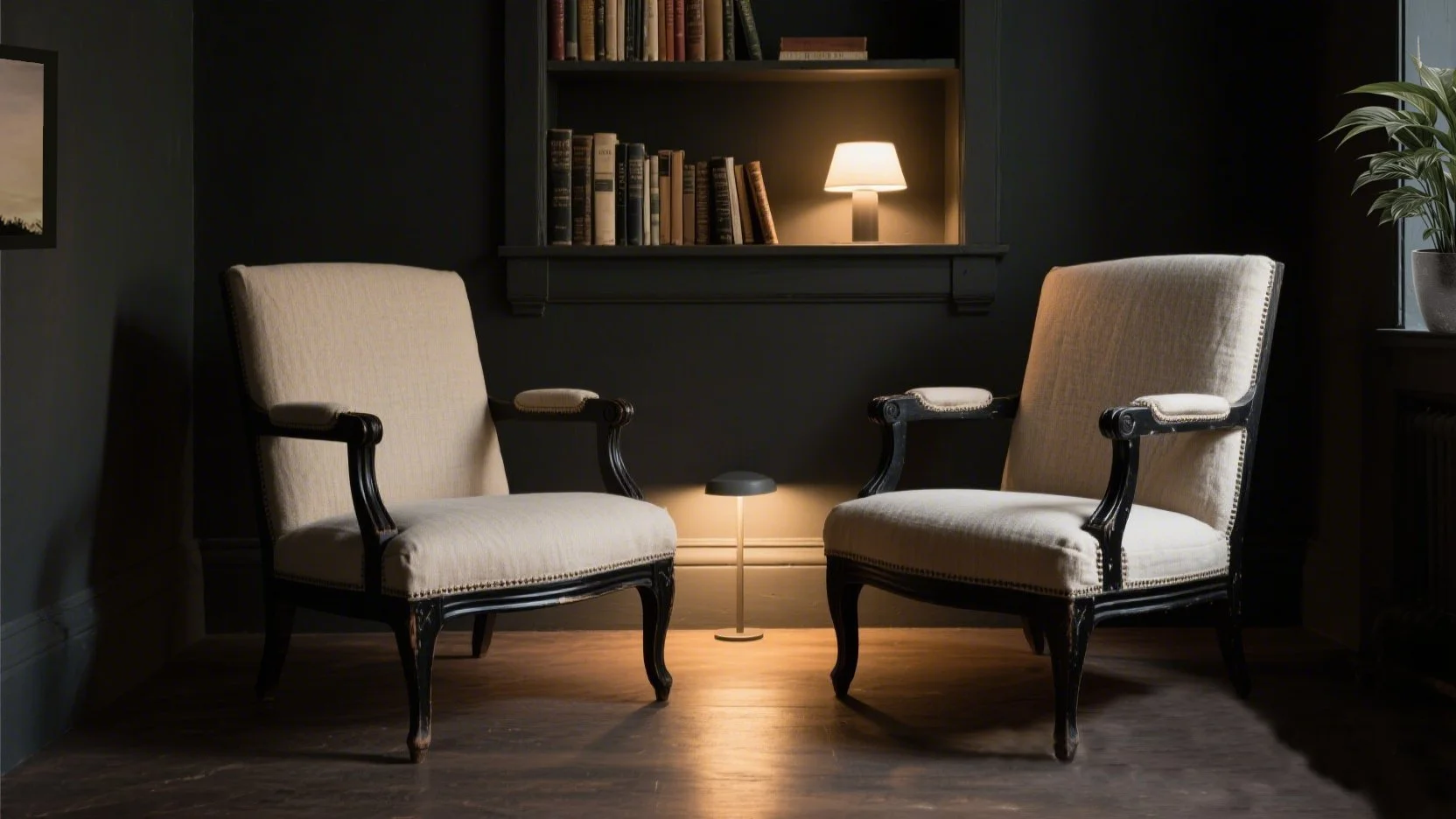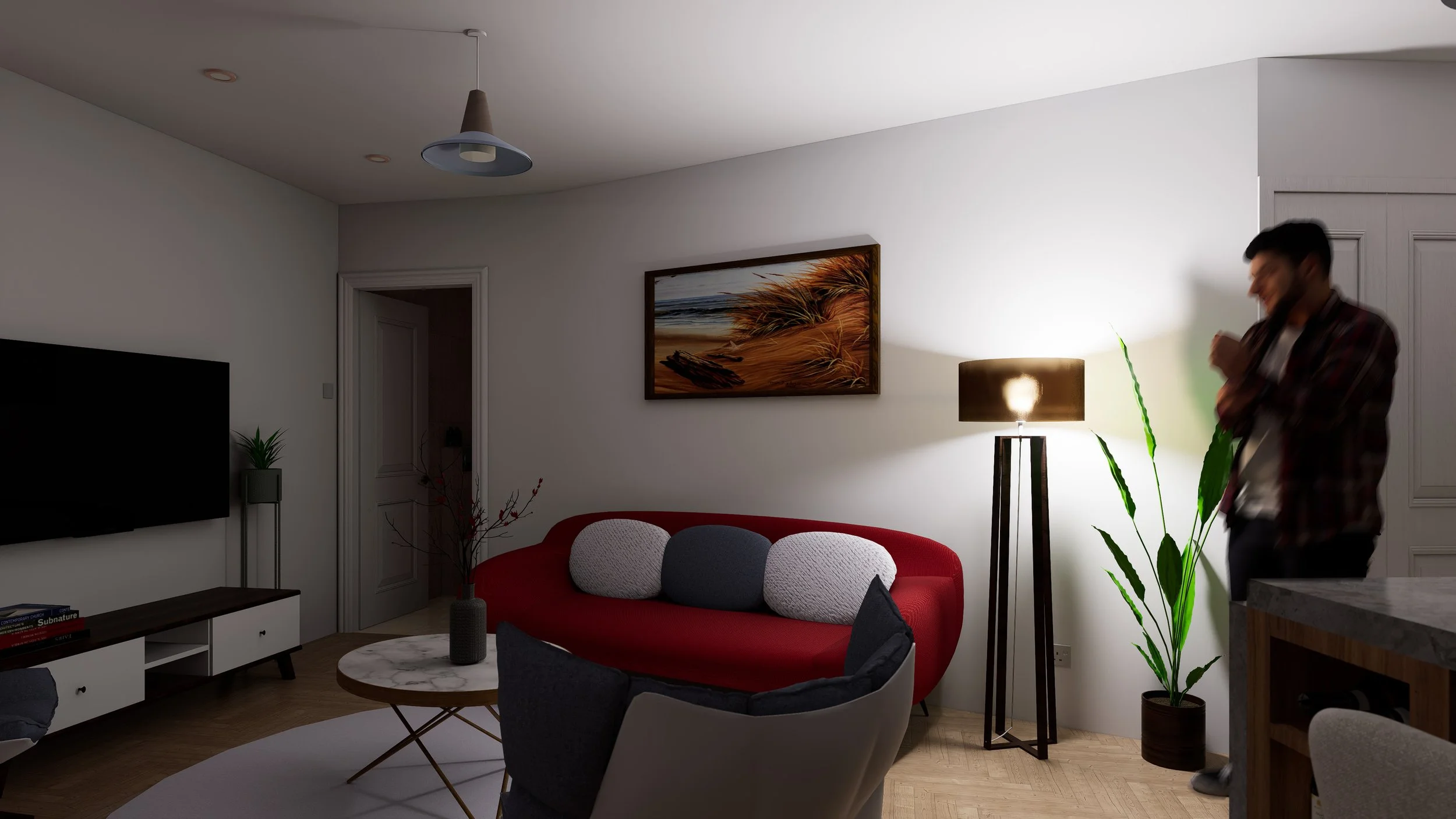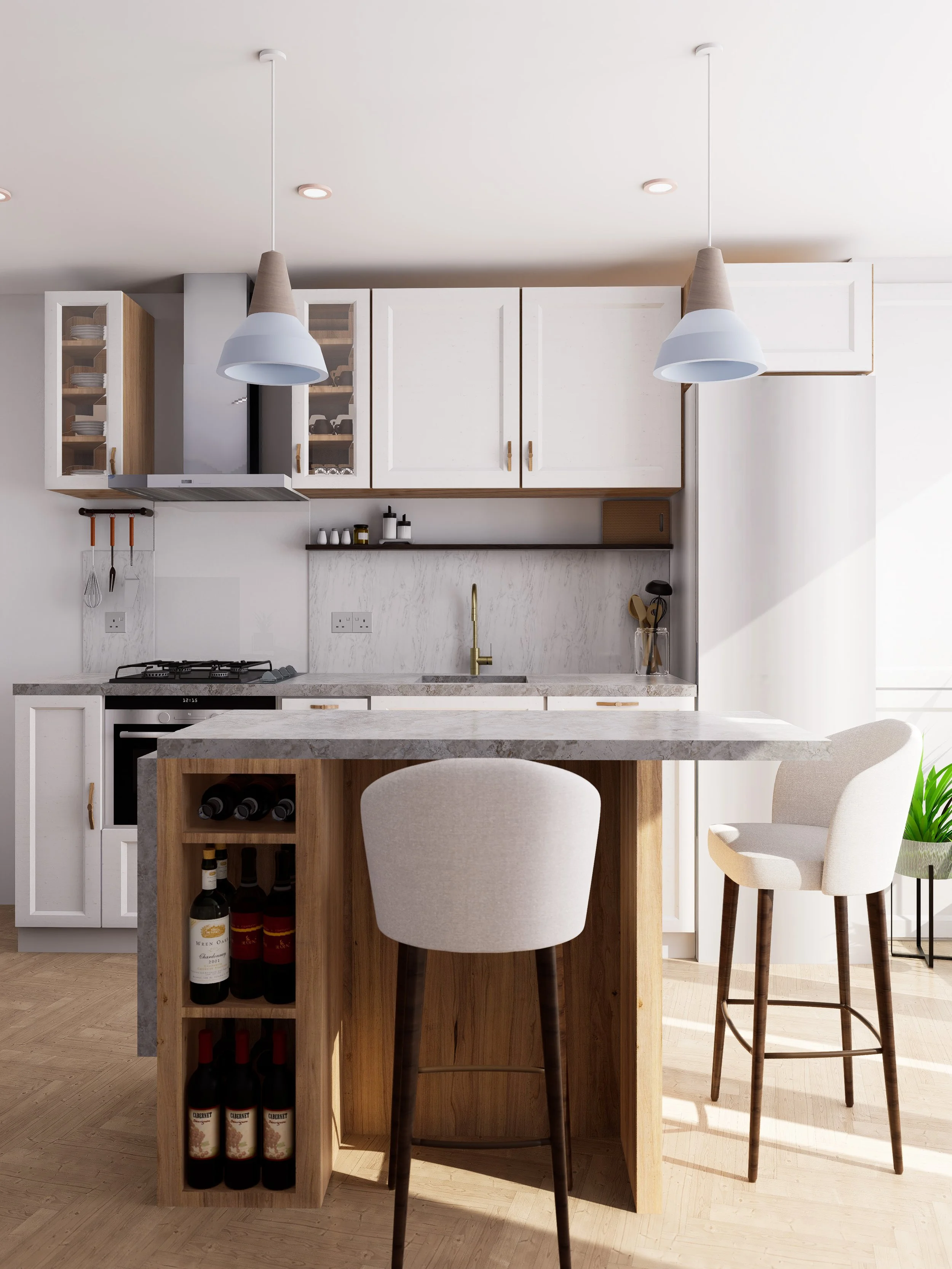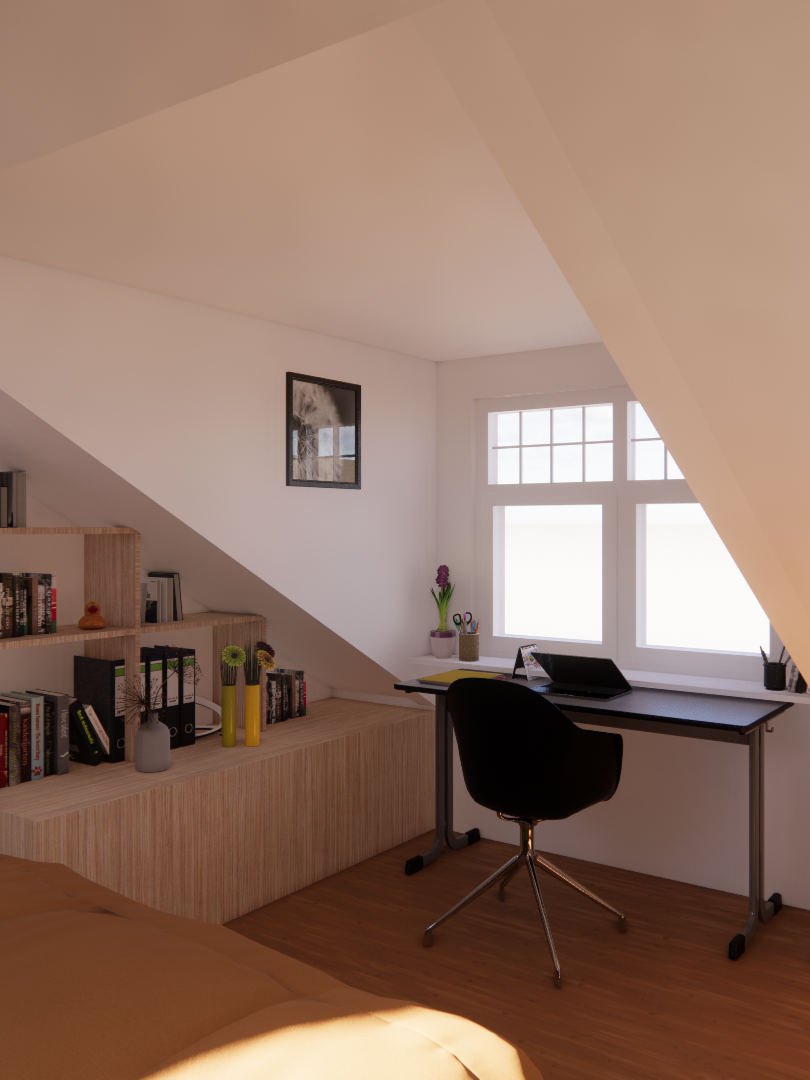5 Sustainable Design Choices That Look Luxe
Sustainable design has come a long way. It doesn’t have to mean earthy, basic, or bland. With the right choices, it can feel elevated, polished, and luxurious. These five thoughtful swaps and design ideas reduce environmental impact without sacrificing style. Each one helps your home feel more curated while making smarter use of resources.
1. Reclaimed Wood That Adds Character
Instead of buying new, reclaimed wood brings in warmth and a real sense of depth. It often has texture and tiny imperfections that make it feel authentic. It is lovely to use it in places like shelves, feature walls, or even as bathroom countertop details. It looks rich, lasts long, and saves timber that would otherwise go to waste. One of our favourite details was using reclaimed wood as an outdoor table top over stacked tree stump.
Reclaimed wood on top of an old tree stump
2. Natural or Low-VOC Paints in Deeper Tones
There are so many great eco-paint brands now, and most have colours just as rich as conventional paints. If you love that cocooned, calm feeling in a room, a deeper tone in a matte or velvety finish can completely transform the space. Think olive greens, warm beige, or even dusty blues. These shades work beautifully with natural light and help your space feel grounded.
3. Vintage Finds and Repurposed Furniture
Instead of buying everything new, consider mixing in one or two vintage or upcycled pieces. Maybe it’s a sideboard you have found, or something you spotted at a market. One client once found two discarded chairs and gave them a new life in her home library with fresh fabric and polish. It’s a perfect example of how reuse can still feel fresh, stylish, and entirely your own. Plus, you’re extending the life of something that already exists without extra carbon footprint.
Reclaimed chairs for a home library
4. Choose Stone More Sustainably, Not Less
Natural stone can feel timeless and elegant. It can be a sustainable choice when sourced with care. Materials like marble, limestone, or slate are incredibly durable and age beautifully, so you won’t be replacing them any time soon. To keep it sustainable, opt for locally sourced materials or reclaimed stone. These not only reduce transport emissions, but often bring unique markings and stories that new slabs can’t replicate. It’s less about removing stone altogether and more about using it thoughtfully.
5. Energy-Smart Lighting
Design isn't only about surfaces, it’s also about how the space functions. Lighting is one of the easiest areas to make more efficient. LED lighting now comes in all temperatures, so you can still get that warm, golden tone that makes a space feel luxurious. Use floor lamps and layered lighting instead of always relying on ceiling spots, it looks more considered and uses less energy overall. Plus, good lighting design always adds a touch of quiet luxury.
Floor lamp in Tooting Residence Project, cosy and warm
Final Thought:
The goal isn’t perfection. Even small, conscious choices can reduce your home’s footprint while adding beauty and purpose. Use what you already have, invest in what lasts, and choose materials with care. And if you're unsure where to start, that’s where a designer can help balancing sustainability with your lifestyle and vision.




